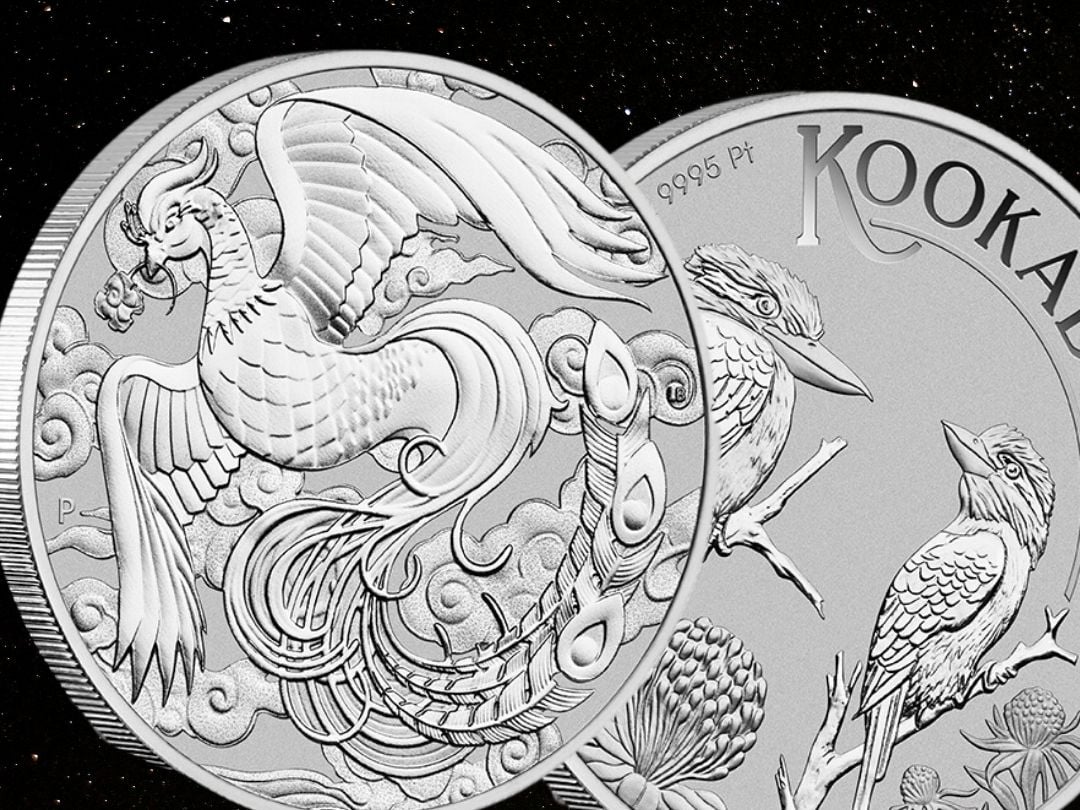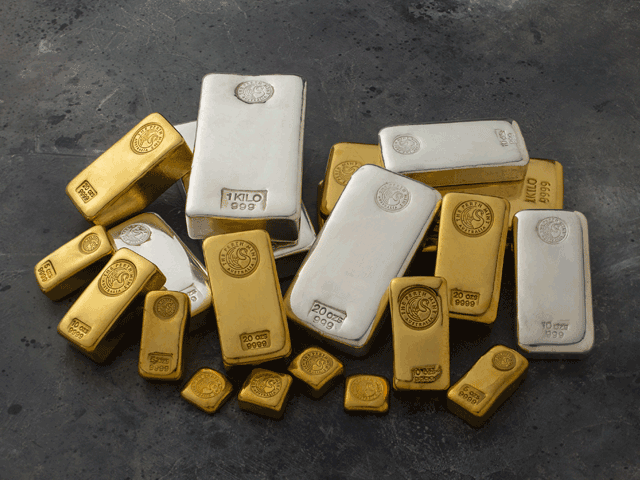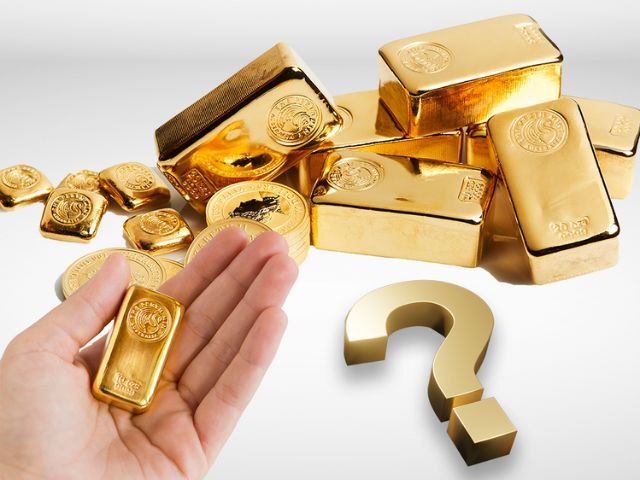Should investors consider platinum?

The first decade of this millennium saw the price of platinum outperform gold.
The differential became less marked during the GFC and since 2015 the pendulum has swung firmly back in favour of gold. Today, the price of platinum is significantly lower than the price of gold.
And yet, platinum was the best performing precious metal of 2022, up around 11% to about USD 1,068 an ounce over the year, compared to a rise of just 0.18% for gold.
Could this be a sign of things to come? There’s certainly a lot riding on platinum at present thanks to its increasingly important role in decarbonisation. As a result, savvy investors might want to find out more.
What is platinum?
Platinum is a shiny, silver-grey metal first known to pre-Columbian peoples of South America. In Britain, eighteenth century ironmaster Charles Wood is known to have experimented on a number of samples to determine the metal’s nature and properties.
However, the ‘discovery’ of platinum is more commonly attributed to Spanish scientist Antonio de Ulloa, whose reports about an ‘unmeltable’ metal he found in Ecuador pre-dated Wood’s work.
The name platinum is derived from the Spanish word platina, meaning “little silver". It was later discovered to be a new chemical element (symbol Pt) and one of six platinum group metals that include palladium.
Platinum occurs at just five parts per billion in the Earth’s crust, compared to four parts per billion of gold. In terms of mine production, however, platinum is 30% rarer than its precious metal bedfellow.
Like gold, platinum is lustrous, ductile, malleable, and has remarkable resistance to corrosion. It is used extensively in jewellery and electronics, has many industrial uses, and can be found in cancer treatments.
Above all, platinum is an extremely effective ‘catalyst’ – a substance that increases the rate of a chemical reaction without itself undergoing any permanent chemical change. For this reason, its best-known application is in catalytic converters.
Reducing engine emissions
Designed to reduce toxic gases and pollutants from internal combustion engines, catalytic converters have a long history, having first been prototyped in France at the end of the 19th century. By the mid-1970s, the US required catalytic converters on all new motor vehicles, and their uptake has spread worldwide.
A catalytic converter turns toxic emissions into less harmful ones. In essence, it is a metal chamber with a platinum (or palladium) coated ceramic honeycomb inside. Engine gases are blown over this large surface area causing a chemical reaction that breaks apart the pollutants. The less harmful gases are then vented through the vehicle’s exhaust pipe.
Sustainable technologies company Johnson Matthey claims its catalysts stop around 20 million tonnes of pollutants from entering the atmosphere every year and play a major role in improving urban air quality.
Supply and demand
According to the World Platinum Investment Council (WPIC), demand for platinum in the automotive industry will continue to grow this year. Its most recent forecast said automotive demand would rise by 10% in 2023, driven, in part, by growing ‘platinum for palladium substitution’ in catalytic converters, and higher emissions standards. Industrial demand is set to grow by up to 12% year-on-year, it said.
At the same time, global supply will likely remain flat. Supply is dominated by South Africa, creating a level of concentration that exposes the market to a range of potential disruptions – from labour disputes to natural disasters. Strikes and electricity supply issues previously pushed the price of platinum to record territory in 2008 when it became twice as valuable as gold.
Another key player is Russia, currently affected by trade sanctions.
From surplus, the platinum market is forecast to move to a deficit in 2023.
Green hydrogen
While all this is going on, another highly significant development for platinum is likely to have more and more impact in coming years.
In 2019, the International Energy Agency (IEA) issued a report stating the world had an important opportunity to tap into hydrogen’s vast potential to become a critical part of a more sustainable and secure energy future.
Four years on, the ‘buzz’ around hydrogen as a decarbonisation tool is increasing with governments across the globe accelerating hydrogen related policy.
According to CME Group, the unique chemical and physical properties of platinum put it at the forefront of proton exchange membrane (PEM) applications – transformative technology that holds the key to unlocking the zero-emissions potential of hydrogen.
During the PEM process, “an electric current is used to separate water into its component elements – hydrogen and oxygen. When the electric current is derived from a renewable source – solar photo voltaic panels, or a wind turbine – it is known as green hydrogen,” it says.
Long-haul transport, chemicals, iron and steel and other sectors where it is proving difficult to meaningfully reduce emissions, are all expected to benefit from green hydrogen.
“While hydrogen-related platinum demand is relatively small in 2023 – of more relevance in a tight market – it is expected to grow substantially in the medium term, offering an option to investors looking for exposure in this area and further strengthening the investment case for platinum based on future demand growth,” the WPIC’s CEO Trevor Raymond said in a statement.
How to invest in platinum
So, with the ‘gold – platinum’ ratio currently around ‘2’ (meaning it takes two ounces of platinum to buy an ounce of gold) and rising interest in platinum driven by the automotive and green technology sectors, investors could be asking themselves how best to take a position.
A trusted supplier of precious metals for more than 120 years, The Perth Mint offers retail investors two solutions.
For those who prefer to take physical delivery, the renowned Australian Kangaroo Bullion Coin Series includes an option made from 1oz of 99.95% pure platinum. Featuring a classic design of the world’s most famous marsupial, it’s issued as Australian legal tender with a guarantee of weight and purity.
This product can be ordered from The Perth Mint website, in person at the on-site shop, and leading bullion dealers within Australia. The Mint also has appointed a global network of authorised bullion specialists.
Alternatively, The Perth Mint Depository enables clients to buy and sell platinum in Australian or US dollars via its online platform (24-hours a day), or its offline program (during Western Australian business hours). Client metal is stored securely at the Mint in unallocated format, free of fees.
Sources:
Macrotrends; Kitco; Johnson Matthey; World Platinum Investment Council; International Energy Agency; CME Group
DISCLAIMER
Past performance does not guarantee future results. The information in this article and the links provided are for general information only and should not be taken as constituting professional advice from The Perth Mint. The Perth Mint is not a financial adviser. You should consider seeking independent financial advice to check how the information in this article relates to your unique circumstances. All data, including prices, quotes, valuations and statistics included have been obtained from sources The Perth Mint deems to be reliable, but we do not guarantee their accuracy or completeness. The Perth Mint is not liable for any loss caused, whether due to negligence or otherwise, arising from the use of, or reliance on, the information provided directly or indirectly, by use of this article.










